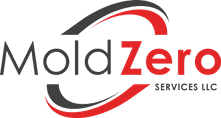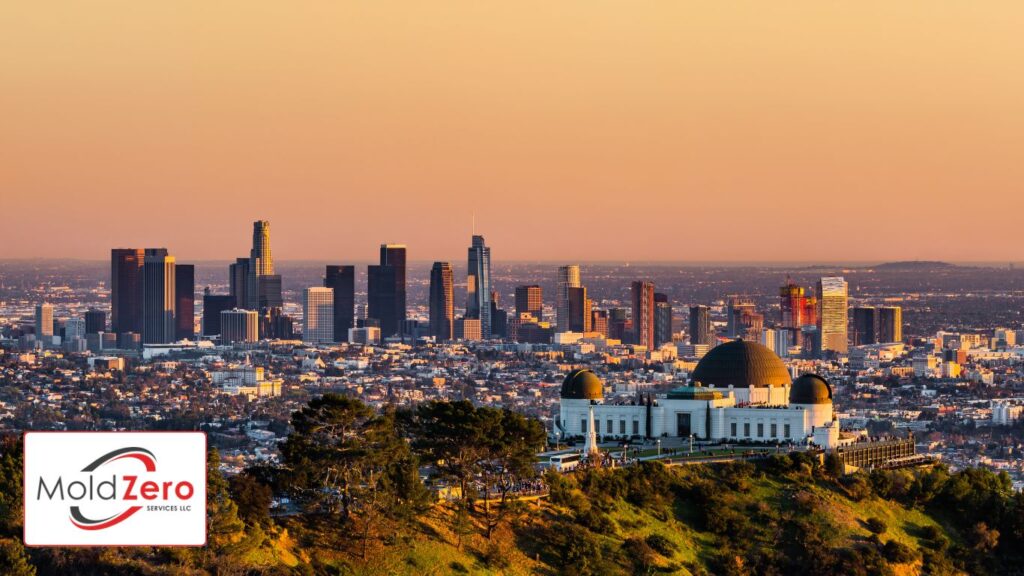Mold Risks in Coastal Homes
Living near the coast in Los Angeles offers endless opportunities to enjoy the beautiful sea air and vibrant outdoor activities. However, coastal living also comes with unique challenges, especially when it comes to maintaining your home. One of the most significant issues homeowners face is mold growth, fueled by the high humidity, sporadic heavy rains and moisture in the sea air. Understanding the mold risks associated with coastal living is essential to keep your home safe and your indoor air clean.
These conditions create an ideal environment for mold spores to thrive. Mold growth can lead to various health problems and property damage if not addressed promptly.
Key Mold Risks in Coastal Homes:
- High Humidity and Moisture: The sea air brings in moisture that can seep into your home, providing perfect conditions for mold growth.
- Water Damage: Leaky roofs, windows, and plumbing can lead to water damage, further promoting mold spores.
- Dust and Mold Spores: Coastal areas often have more dust, which can carry mold spores into your home, exacerbating the problem.
- Heavy Rains: Sporadic heavy rains can increase indoor moisture levels, making it harder to control mold.
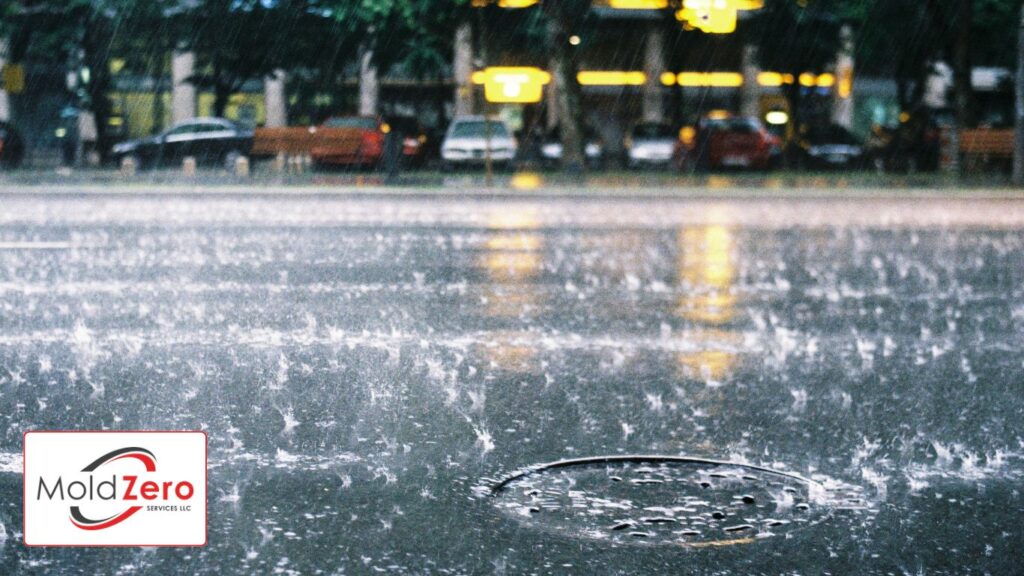
Health Risks Associated with Mold Exposure
Mold exposure can lead to a range of health issues, especially for certain individuals. People with asthma or weakened immune systems are particularly vulnerable.
Common Health Problems Caused by Mold:
- Allergic Reactions: Symptoms include runny nose, sneezing, and itchy eyes. These reactions can be triggered by even small amounts of mold.
- Asthma Symptoms: Mold can worsen asthma symptoms, causing difficulty in breathing and increased frequency of attacks.
- Skin Rash: Direct contact with mold can cause skin irritation and rashes.
- Hypersensitivity Pneumonitis: A rare condition that can develop from long-term exposure to mold, affecting the lungs.
Identifying Mold in Your Home
Before you can tackle mold growth, you need to identify its presence. Mold can be hidden in various parts of your home, especially in areas prone to moisture.
How to Spot Mold Growth:
- Visible Signs: Look for dark green, brown, or black patches on walls, ceilings, and other surfaces. In bathrooms, mold often appears as dark stains on tiles.
- Musty Odor: A persistent musty smell can indicate hidden mold, even if you can’t see it.
- Blistering Paint: Paint that is bubbling or blistering on your walls may signal mold growth behind the surface.
- Insulation Issues: In attics, lumpy or discolored insulation can be a sign of unseen mold.
- Water Stains: Look for water stains in the basement, crawl spaces, and other areas susceptible to leaks.
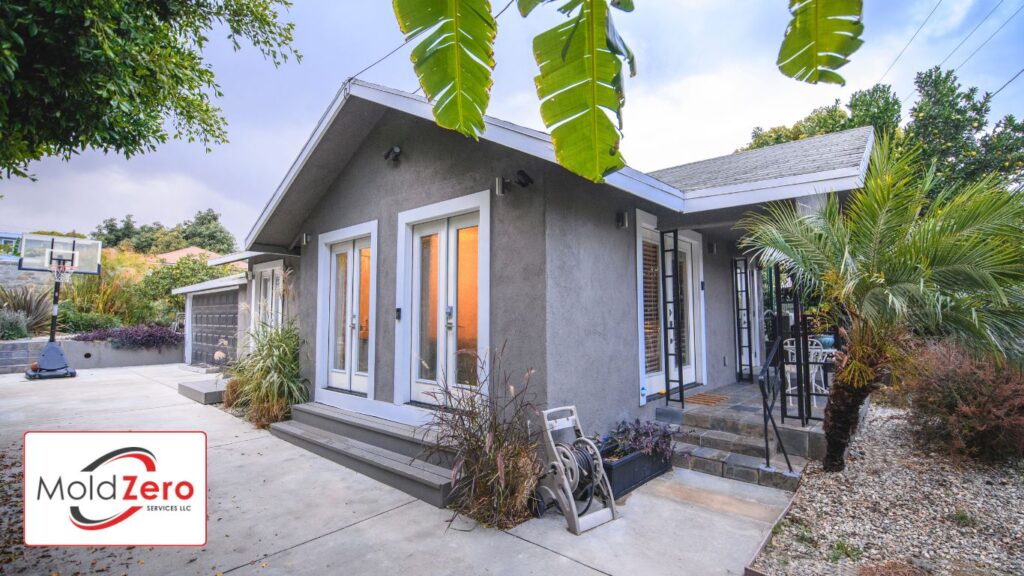
Dealing with a Mold Problem
If you discover mold in your home, it’s crucial to address it immediately to prevent further growth and protect your health. Attempting to remove mold yourself can be risky and ineffective, especially in extensive infestations.
Steps to Handle Mold:
- Assess the Extent: Determine how widespread the mold problem is. Small areas might be manageable, but larger infestations require professional help.
- Contain the Area: Prevent mold spores from spreading by isolating the affected area.
- Professional Remediation: Hire experts like Mold Zero Services to safely and thoroughly remove mold using advanced techniques.
- Repair Moisture Sources: Fix any leaks or water damage to prevent mold from returning.
Effective Mold Prevention Tips
Once you have addressed the existing mold problem, taking proactive steps can help prevent future growth. Controlling moisture and improving air circulation are key to keeping mold at bay.
Mold Prevention Strategies:
- Keep Wet Fabrics Out: Store wet clothing, towels, and other fabrics outside until they can be properly dried. Use sealable hampers to prevent moisture from accumulating indoors.
- Dry Wet Surfaces Immediately: Promptly clean spills and leaks using an oxygen-based cleaner. Use fans or air conditioning to speed up drying.
- Fix Plumbing Leaks Promptly: Address any leaks in your plumbing system immediately to prevent water damage and mold growth.
- Improve Ventilation: Ensure proper air circulation by using exhaust fans in kitchens and bathrooms. Regularly clean and maintain your HVAC system to control humidity levels.
- Use Plastic Storage Bins: Replace cardboard boxes with plastic bins to reduce moisture and prevent mold spores from contaminating your stored items.
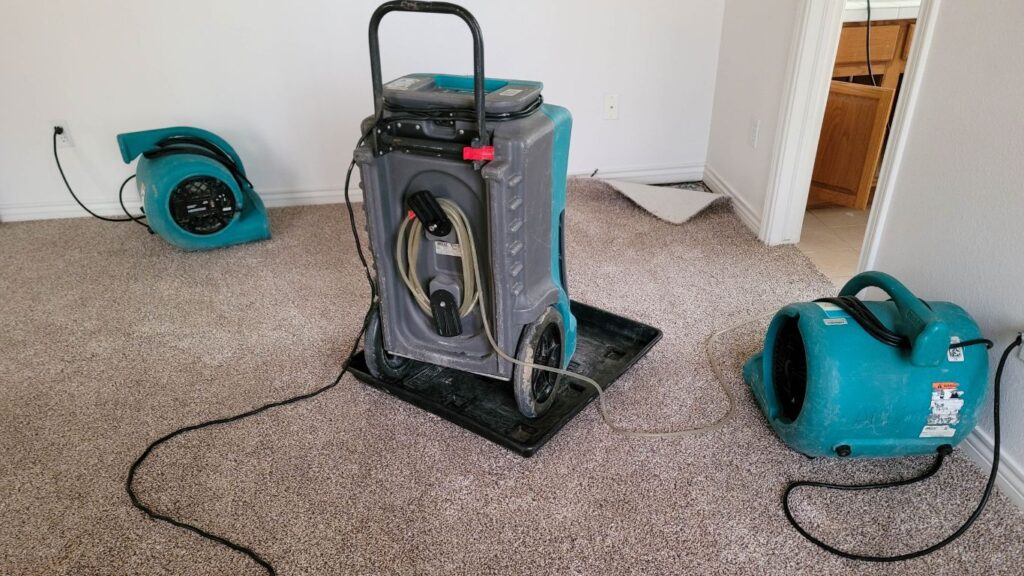
Trust Mold Zero Services for Comprehensive Mold Remediation
At Mold Zero Services, we understand the unique challenges that coastal living in Los Angeles presents. Our five-step process ensures thorough mold removal and long-lasting prevention:
- HEPA Vacuuming: Captures loose mold spores from your home.
- Hygienic Damp Wipe: Cleans all surfaces to remove mold residues.
- Dual-Method Fogging: Applies Spor-Klenz to kill mold on contact, followed by Goldshield to create a protective barrier.
- Post-Remediation HEPA Vacuuming: Ensures all spores are removed after treatment.
- Mold Testing: Samples sent to a third-party lab for verification, providing peace of mind.
Our NORMI-certified experts have successfully completed over 1,000 mold remediation projects. We use safe, effective treatments to protect both your home and your family.
Ready to Protect Your Home?
Don’t wait until mold causes significant damage. Contact Mold Zero Services today for a free inspection and quote. Call us at (626) 671-8885 or fill out our online form to schedule your appointment.
Frequently Asked Questions
How does coastal living increase the risk of mold growth?
Living near the coast exposes your home to high humidity and frequent moisture from sea air and heavy rains. These conditions create an ideal environment for mold spores to thrive, especially in areas with poor ventilation or existing water damage.
What health issues can mold exposure cause?
Mold exposure can lead to various health problems, including allergic reactions like runny nose and sneezing, worsening asthma symptoms, skin rashes, and, in rare cases, hypersensitivity pneumonitis. It is essential to address mold issues promptly to protect your health.
How can I prevent mold growth in my coastal home?
Preventing mold involves controlling moisture and improving air circulation. Keep wet fabrics out of your home, dry wet surfaces immediately, fix any plumbing leaks, use exhaust fans in high-moisture areas, and store items in plastic bins instead of cardboard boxes.
Why should I hire a professional mold remediation service?
Professional mold remediation ensures that mold is thoroughly removed and that your home is protected from future growth. Experts like Mold Zero Services use advanced techniques and have the skills and equipment necessary to handle extensive mold problems safely and effectively.
What should I do if I suspect hidden mold in my home?
If you suspect hidden mold, look for signs like blistering paint, musty odors, or stains on your insulation. Contact a professional mold remediation service to conduct a thorough inspection and provide the necessary treatment to eliminate the mold problem.
Get My Free Mold Inspection Today
Protecting your coastal home from mold is crucial for maintaining a healthy living environment. With Mold Zero Services, you can trust that your home is in expert hands. Don’t let mold risks compromise your health and property—reach out to us today for reliable and effective mold removal and prevention solutions.
For more tips on maintaining a healthy home, visit our blog or check out our comprehensive mold prevention guide.
